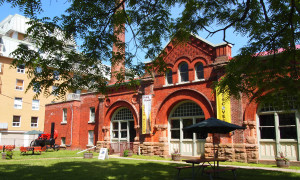Bishop's House
TRACE worked collaboratively with ContentWorks and a coalition of community groups to prepare a detailed investigation and report that explored adaptive reuse opportunities for the Bishop’s House (c. 1808; additions c. 1890, 1924). This large and nationally significant heritage building is set within cultural heritage landscape located in Glengarry County, Ontario.
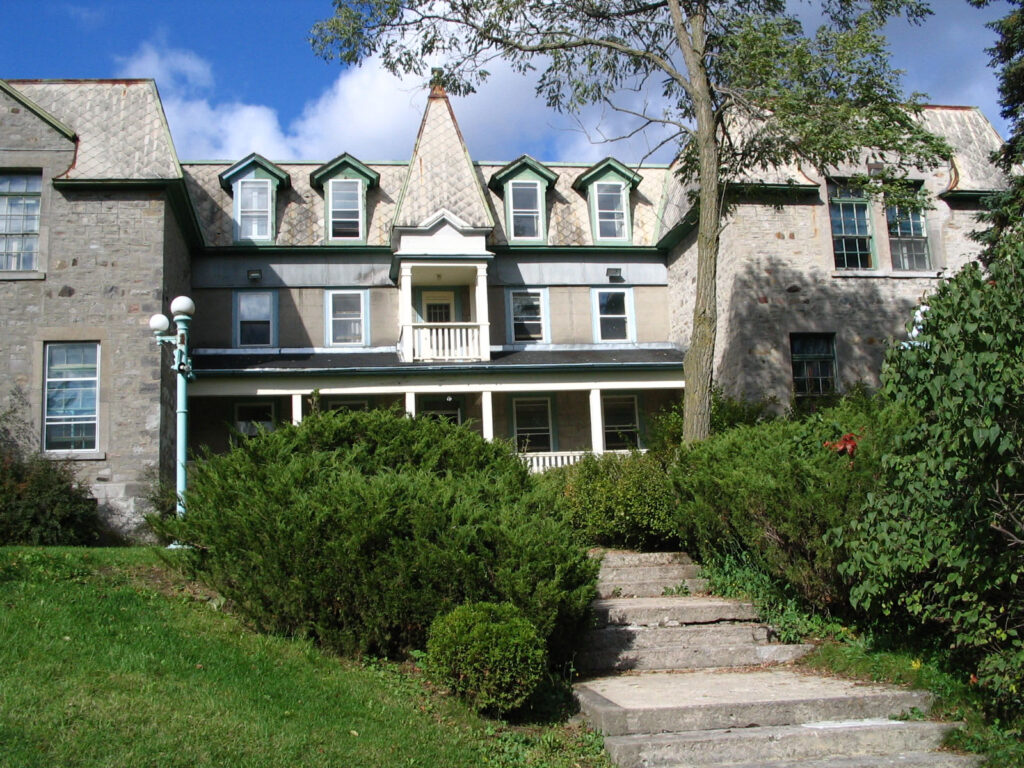
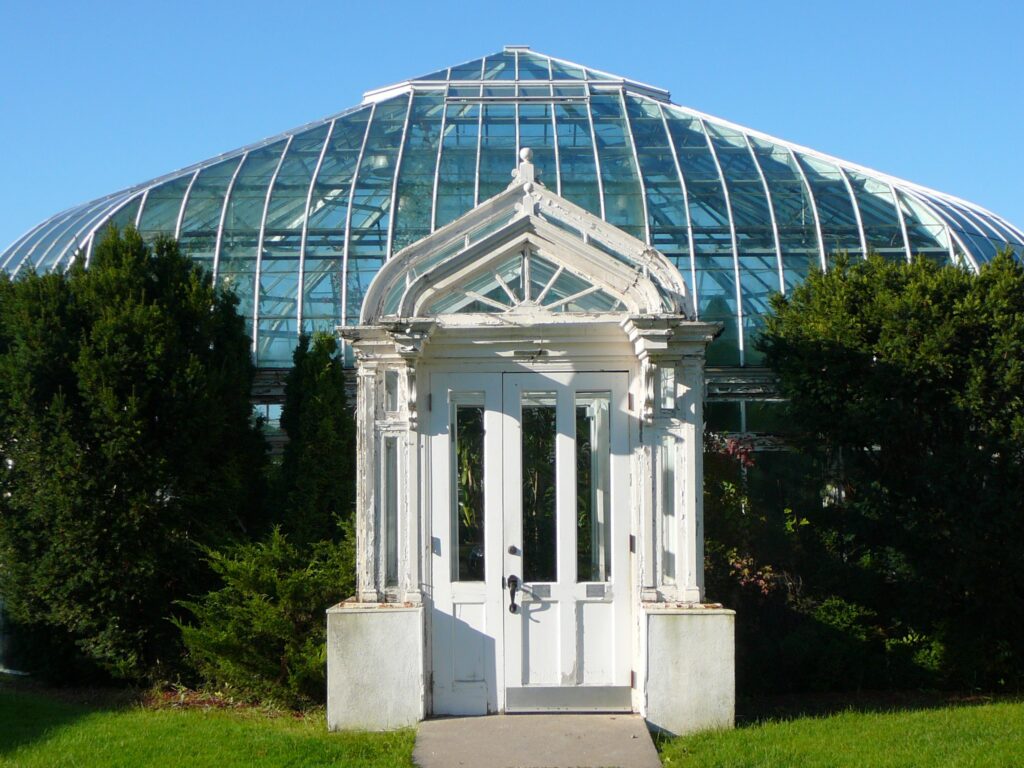
Central Experimental Farm
TRACE worked with Agriculture and Agri-Food Canada (AAFC) to help them better understand the value of two existing buildings (54 and 56) and explore adaptive reuse opportunities (offices and meeting spaces) for these important parts of the Central Experimental Farm Cultural Heritage Landscape. TRACE received the highest level of excellence in a review for this work, from AAFC.
Pleasantview
TRACE proactively prepared documents for the owner to protect the existing heritage character of the property and its significant heritage home in north Kingston, Ontario, while accommodating contemporary development in a relatively balanced way.
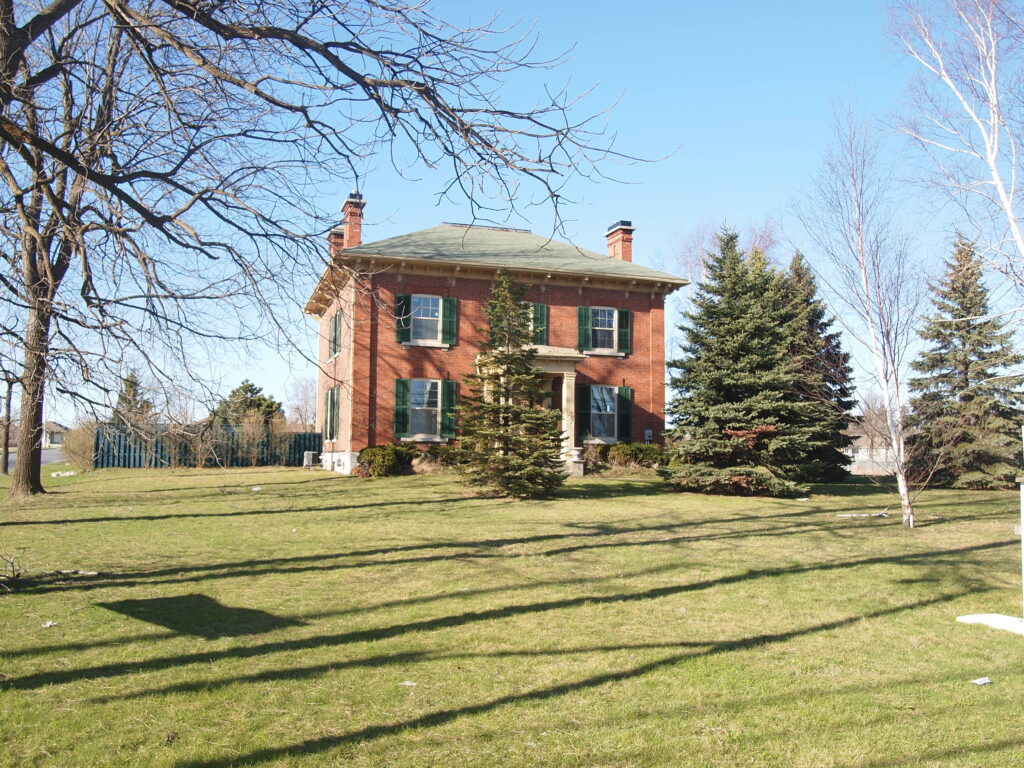
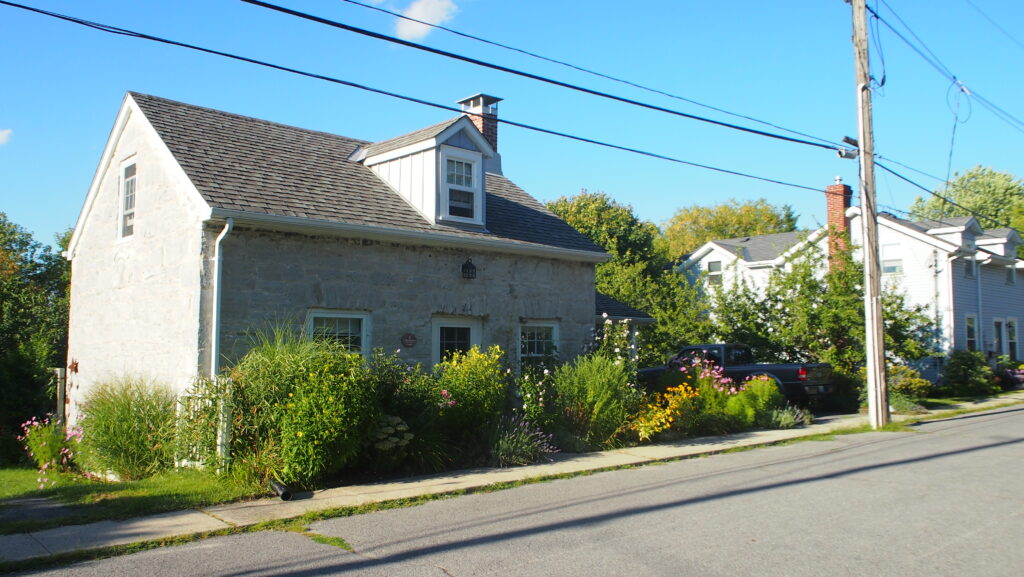
Barriefield Expansion
TRACE worked with MHBC for the City of Kingston to develop a mixed scale, residential development on surplus land, marrying the need for additional housing in the area, with the largely intact character of the 19th century village.
Junior Commissariat
TRACE worked collaboratively with NORR (Prime) and RZHC to explore conservation opportunities for the building’s rehabilitation and adaptive reuse. To underpin the explorations, the team completed background investigations on previous efforts and detailed site investigations, to develop potential solutions grounded in the history of this important, but modest, part of the Butler’s Barracks, National Historic Site of Canada.
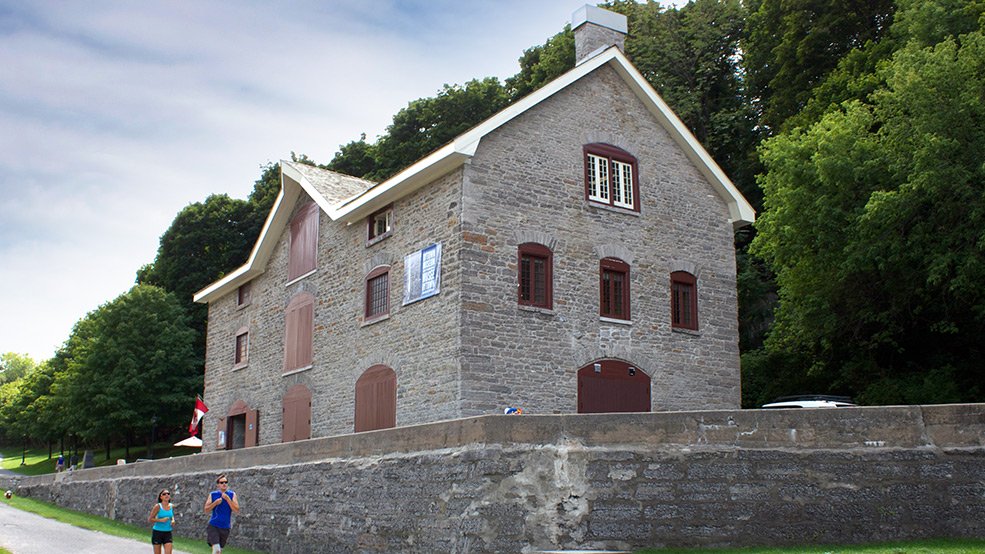
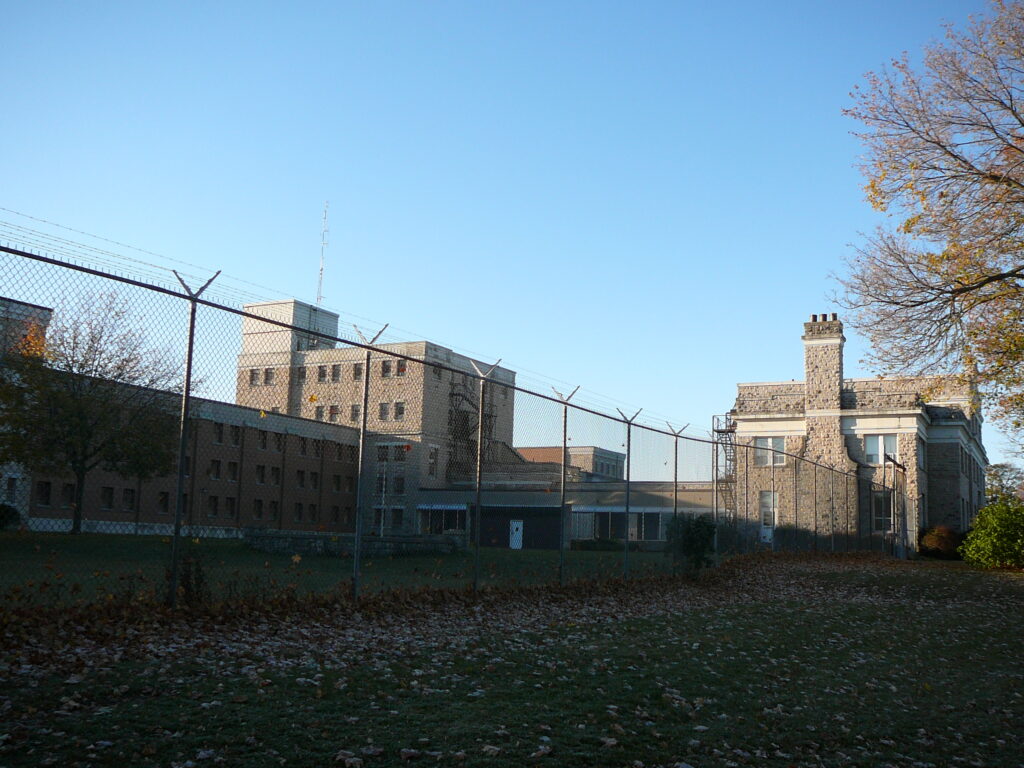
Guelph Correctional Centre
TRACE worked with ContentWorks and Tacoma Engineering to develop a phased demonstration plan to guide future development of the cultural landscape, while promoting retention and adaptive reuse of existing buildings and targeted infill in support of future evolution. As a cultural heritage landscape, the integration of built structures with various types of landscaped grounds was important to the sense of place and this characteristic was central to the demonstration plan. The plan was further articulated by a conservation approach.


